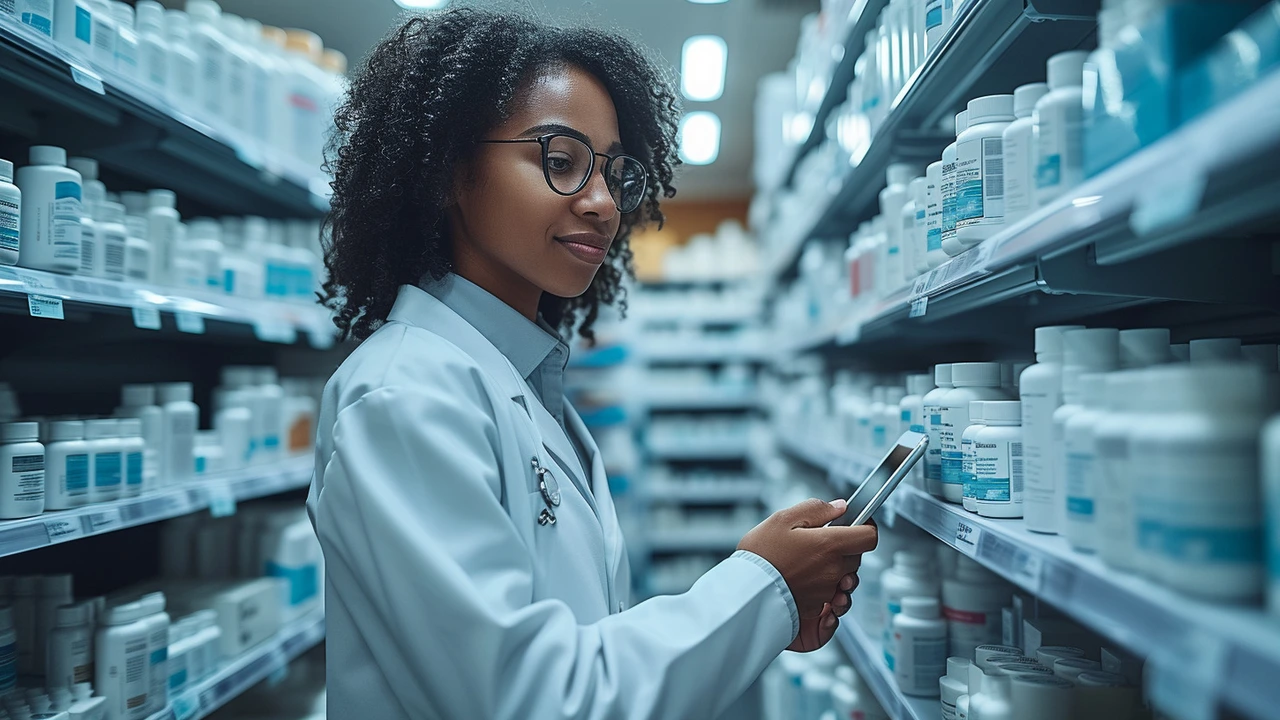Acne treatment: practical steps you can use today
Acne is common and frustrating, but small, consistent steps usually help. This page gives clear, practical tips on what to try first, how to use products safely, and when to get medical help. No hype — just what works for most people.
Over-the-counter and topical options
Start with gentle daily habits. Wash your face twice a day with a mild cleanser. Avoid harsh scrubs and rough towels — they irritate skin and make acne worse. After washing, use a lightweight, non-comedogenic moisturizer to prevent dryness.
For active breakouts, try benzoyl peroxide (2.5–10%). It kills acne bacteria and reduces inflammation. Expect some dryness or peeling at first; start with a lower strength and every-other-day use. Salicylic acid (0.5–2%) helps unclog pores and works well for whiteheads and blackheads.
Topical retinoids (adapalene, tretinoin) are the backbone of acne prevention. They speed cell turnover and stop new pimples from forming. Apply a pea-size amount at night and use sunscreen in the morning — retinoids increase sun sensitivity. If irritation appears, reduce frequency or switch to a lower strength.
Spot treatments can help occasional pimples. Use products with benzoyl peroxide or sulfur for fast shrinking. Avoid mixing too many actives at once — that leads to irritation, not faster results.
Prescription options and when to see a doctor
If OTC steps don’t work after 8–12 weeks, or if you have deep, painful cysts or scarring, see a dermatologist. They can prescribe topical antibiotics or combination creams (retinoid plus antibiotic or benzoyl peroxide), oral antibiotics for short courses, or hormonal treatments for females, such as combined oral contraceptives or spironolactone.
Isotretinoin is the most powerful oral option for severe cystic acne. It can clear acne for years but needs close medical monitoring because of side effects and pregnancy risks. Discuss risks and follow-up carefully with your doctor.
Procedures like light therapy, chemical peels, and cortisone injections can speed recovery for stubborn lesions. These are useful for specific problems, such as painful nodules or persistent scarring.
Practical tips: avoid picking or popping pimples — that raises the chance of scarring and infection. Use non-comedogenic makeup and remove it before bed. If you’re starting a new product, patch test one area first. Keep expectations realistic: most treatments take 8–12 weeks to show clear results.
Diet and lifestyle matter too. A low-glycemic diet, reducing high-sugar foods and dairy for some people, may help. Manage stress and get enough sleep — both affect hormones that can trigger breakouts.
If you’re pregnant, breastfeeding, or on other meds, ask your clinician before using acne drugs. And if acne affects your mood or self-esteem, mention that — treatment can improve both skin and confidence.
Want product suggestions or a step-by-step morning and evening routine? Ask me and I’ll give simple options based on your skin type and budget.

